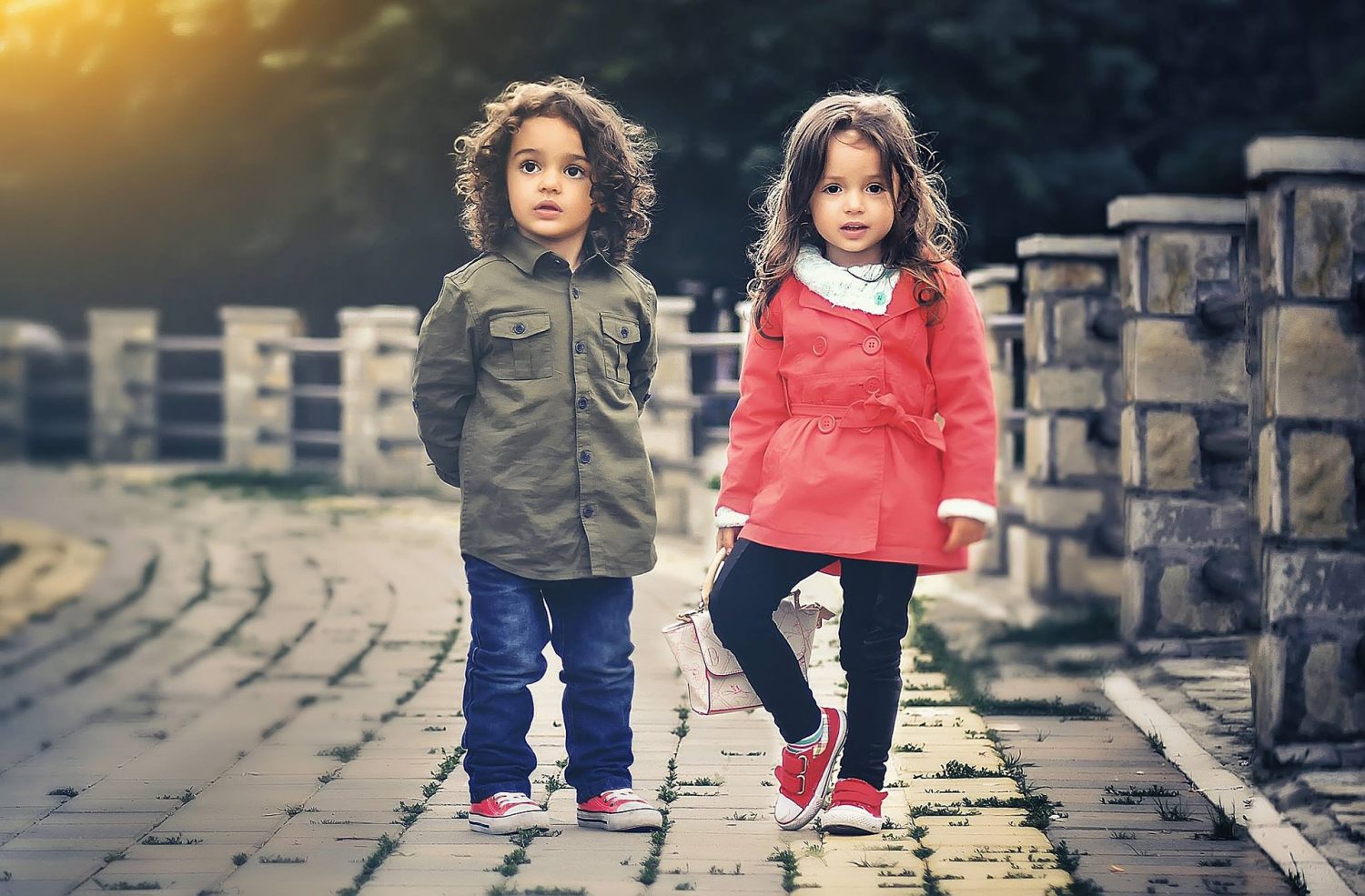There is no doubt that children are extremely delicate. This applies especially to infants and children up to the age of two or three, who still have very delicate organisms. In addition to taking care to avoid bacteria and other microbes, parents should also take care of appropriate clothes for their children. Contrary to appearances, many mistakes can be made in this matter, which will adversely affect the child’s health, as well as the parents’ peace of mind caused by the fact that the children will be constantly irritated.
Young parents, while waiting for the birth of their offspring, often panic, not knowing what they need to buy. The number of accessories necessary to take care of a baby is so large that it can actually overwhelm anyone. One of the most important aspects that you need to pay attention to are children’s clothes, which should be chosen carefully. There is no doubt that buying multiple products for their visual value is a completely misguided approach and should not be practiced. It will result in the fact that in the end most of such clothes will be left in the wardrobe until the child grows out of them, because they will not have the opportunity to be of use.
- https://vag-mania.pl/botox-na-likwidacja-zmarszczek-na-czole-w-okolicy-oczu-i-ust/
- https://www.eplusi.pl/zawod-kosmetyczka-praca-na-etat-czy-wlasna-dzialalnosc/
- https://www.natopie.com.pl/sztuczne-kwiaty/
This is due to several issues that must be taken into account when completing the wardrobe for your child. First, however, it should be noted that that children’s clothes are useful for a relatively short time, because the child grows out of them very quickly, and thus most of the clothes will not be damaged in time. This means that you should exercise restraint when shopping and never buy more than is necessary for the moment.
SUITABLE MATERIAL FOR CHILDREN’S CLOTHES
When supplying a child’s wardrobe, first of all, pay attention to the material from which the products are made. This is extremely important in the context of babies, who have very delicate skin that is easy to irritate. In addition, children are easily allergic. It can occur after skin contact with incorrectly selected material. The textile market currently uses a wide range of materials that come with admixtures and often mix with each other. As a result, when buying clothes, it is absolutely necessary to read labels and take care not to buy the lowest quality products. In such a situation, the material is most likely to be sensitizing.
- skleppodologiczny.com.pl/kategoria-produktu/wyposazenie/fotele-podologiczne/
- autolawety.waw.pl
- chemia-budowlana.waw.pl
This usually happens with synthetic or artificial fabrics. Synthetic fabrics are characterized by that they are made of synthetic manufactured intermediates and do not contain any natural substances. Such garments should be avoided, especially when purchasing layers of clothing that are in direct contact with the baby’s skin. Children’s clothes that come into contact with the skin should be made of natural and delicate fabrics such as cotton. Synthetic accessories or admixtures for fabrics sewn mainly from cotton are acceptable, but in a layer of clothing that does not adhere directly to the skin. This applies to the issue of potential allergy, but also to thermal insulation properties. Synthetic materials do not protect against cold as effectively as natural materials. This also applies to artificial fabrics, which are made of natural raw materials, but are subject to many chemical treatment processes during production.
NATURAL FABRICS FOR THE PRODUCTION OF CLOTHING
So it’s best for children to buy clothes made of natural fabrics or knitwear. It can be cotton, linen and even silk. They are pleasant to the touch and very delicate, and they also have good thermal insulation properties. In the case of outer layers of clothing, it is worth looking for products made of wool, which is much warmer and has the highest thermal insulation parameters. In addition, they are high-quality products that can withstand a lot. The greatest advantage of natural fabrics and knitted fabrics in the context of children is that they allow the skin to breathe, unlike artificial and synthetic fabrics.
Children’s clothes made of cotton and other natural materials prevent chafing and prevent microclimate from forming between the clothes and the child’s skin, which promotes the multiplication of bacteria. This allows you to avoid not only chafing, but also unpleasant, consequently, scratches and slight irritations resulting from damp skin rubbing against the clothing material. In the long term, this will make it easier to maintain hygiene in the child, and will also facilitate care, because it will not have to be changed so often and use numerous creams, ointments and olives to soothe irritations.
This is important both in winter, when the child is dressed in at least several layers and will necessarily sweat from time to time, and in summer, when the child is sweating regularly. Natural ventilation provided by the natural fabrics used to sew clothes for children is extremely important here. but also unpleasant, as a consequence, scratches and slight irritations resulting from damp skin rubbing against the clothing material.








